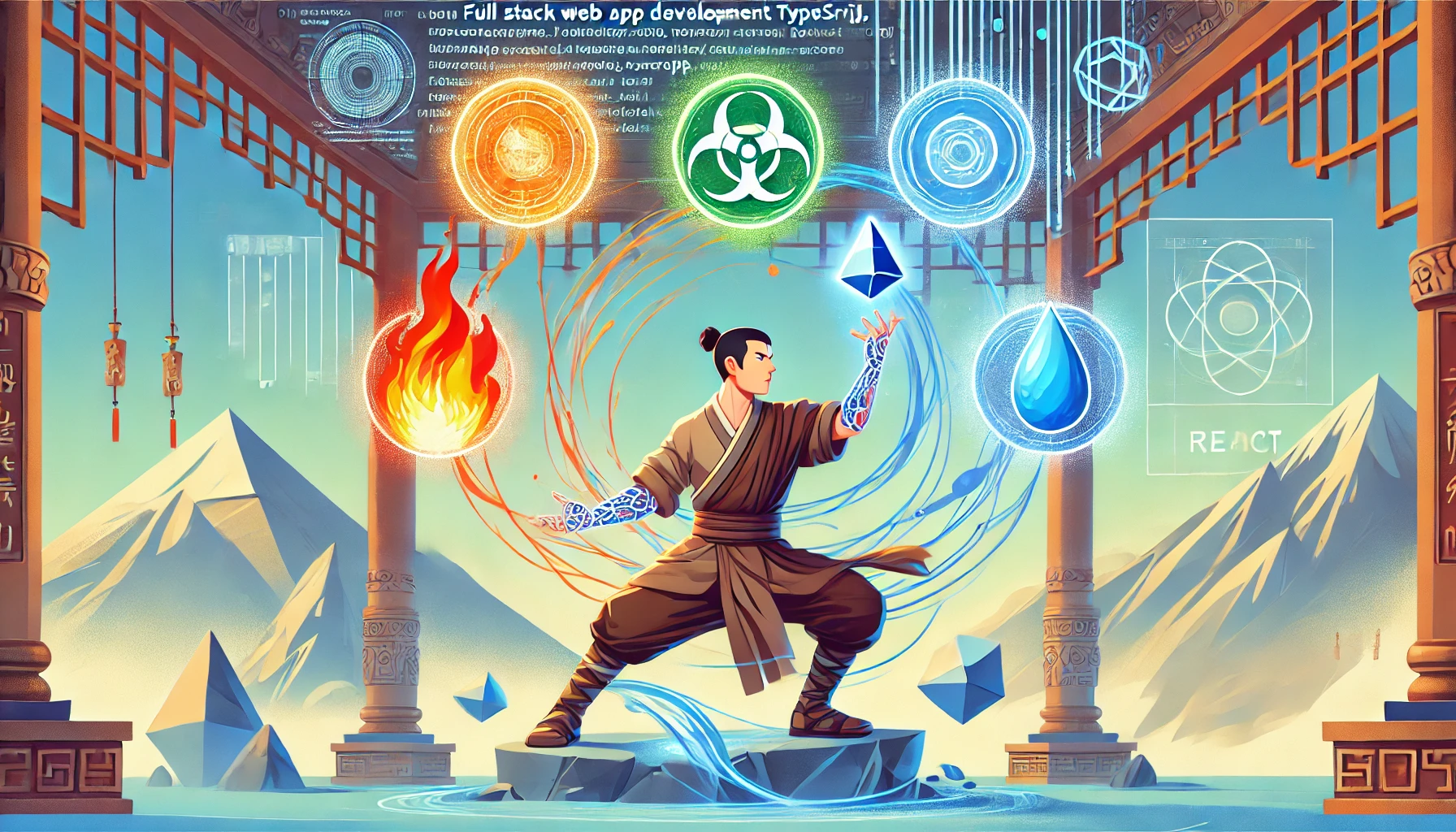
Next JS: The Fullstack Framework
In the rapidly evolving landscape of web development, frameworks and technologies are constantly emerging to improve performance, user experience, and developer efficiency. Among these, Next.js has become a popular choice for building modern web applications. It combines the power of React with advanced rendering techniques like Server-Side Rendering (SSR) and introduces new concepts like React Server Components (RSC). In this post, we’ll explore Next.js, React Server Components, and Server-Side Rendering, and how they fit together.
What is Next.js?
Next.js is a React-based framework developed by Vercel that allows developers to build powerful, scalable web applications with ease. It extends React’s capabilities by providing built-in support for server-side rendering, static site generation, and API routes, making it an ideal choice for building full-fledged web applications and websites.
Next.js is often referred to as a full-stack framework because it provides both front-end and back-end capabilities within a single codebase. This integration allows developers to handle everything from rendering UI components to managing server-side logic like interacting with the database without switching to a different platform or language.
From Front end library to Full-stack Framework
React itself is a front-end library focused solely on building user interfaces. It doesn’t handle server-side logic, routing, or API management. In a typical React application, you would:
- Use React to create components and manage state.
- Handle routing client-side with a library like
react-router. - Fetch data from a separate backend service using tools like
fetchoraxios. - Deploy the app as a static bundle served by a web server (e.g., using Nginx or a CDN).
While React is powerful for creating interactive UIs, it doesn’t provide the infrastructure needed for server-side logic, API creation, or rendering strategies. A full-stack framework like Next.js provides a unified solution for managing your front end and backend in one application.
Features of Next.js
- File-Based Routing: Next.js uses a file-based routing system. Each file inside the
appdirectory becomes a route in your application. A route can return a rendered page or data from an API. - Static Site Generation (SSG) and Incremental Static Regeneration (ISR): Pre-render pages at build time and update them incrementally as needed.
- Server-Side Rendering (SSR): Fetch data on the server and pre-render pages on each request, improving performance and SEO.
- React Server Components: A new experimental feature that allows developers to create server-rendered components that can handle data fetching and rendering on the server.
React Server Components (RSC)
React Server Components (RSC) are an exciting new addition to the React ecosystem. They enable components to be rendered on the server, reducing the amount of JavaScript that needs to be sent to the client. This results in faster load times and improved performance.
How Do React Server Components Work?
- Server-Side Rendering: Unlike traditional React components, React Server Components are rendered on the server. This means they don’t have access to browser-specific APIs like
windowordocument. - Lightweight Client: Because the components are rendered on the server, only the minimal JavaScript needed for interactivity is sent to the client. This reduces the initial page load time and improves performance.
- Data Fetching on the Server: React Server Components can fetch data on the server, reducing the need for client-side data fetching and state management.
Benefits of React Server Components:
- Reduced JavaScript Bundle Size: Less JavaScript is sent to the client, resulting in faster load times.
- Better Performance: By rendering components on the server, you can offload computation and reduce the work needed on the client side.
- Improved Developer Experience: Simplifies data fetching and state management by handling these operations on the server.
Server-Side Rendering (SSR)
Server-Side Rendering (SSR) is a rendering technique where a page is pre-rendered on the server on each request. This allows for dynamic content to be rendered and sent to the client, improving performance and SEO compared to client-side rendering (CSR).
How SSR Works in Next.js:
- Request: When a user requests a page, the server generates the HTML for that page by executing the React components.
- Pre-Rendering: The server fetches any necessary data and pre-renders the page as HTML.
- Response: The HTML is sent to the client, and the page is displayed immediately, often with a placeholder until the React app fully hydrates and becomes interactive.
Benefits of SSR:
- Improved SEO: Search engines can easily crawl and index server-rendered pages.
- Faster First Paint: Since the server sends pre-rendered HTML, users see content faster compared to client-side rendering.
- Dynamic Data: SSR allows you to fetch and render dynamic data on each request.
Conclusion
Next.js, with its support for React Server Components and Server-Side Rendering, is a powerful tool for modern web development. React Server Components enable server-side rendering of individual components, reducing client-side overhead, while SSR allows for dynamic pre-rendering of entire pages. Together, these features provide a flexible and efficient way to build web applications that are both fast and user-friendly.
Whether you’re building a personal blog, a large-scale e-commerce site, or a complex web application, Next.js offers the tools and techniques you need to create high-performance, modern web experiences.
